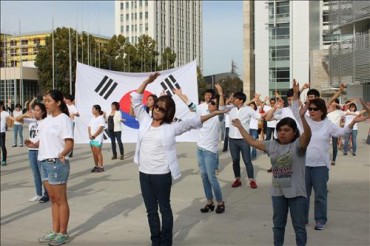
Three out of every 10 newlywed couples who have married for the first time are double-income, no kids households (‘DINK’). (Image courtesy of Yonhap)
SEJONG, Dec. 19 (Korea Bizwire) – A recent statistical analysis has revealed that three out of every 10 newlywed couples who have married for the first time are double-income, no kids households (‘DINK’), outnumbering other types of couples.
According to the ’2022 Newlywed Couples Statistics’ released by Statistics Korea on December 18, out of the 815,357 couples who have married for the first time and have been married for less than five years, 234,066 couples, or 28.7 percent, were double-income couples without children.
This figure surpasses the proportions of other types of couples, such as double-income with children (28.5 percent), single-income with children (22.7 percent), and single-income without children (15.5 percent).
This trend marks a significant shift from 2015, when DINK couples accounted for only 18 percent of first-time newlyweds, trailing behind single-income with children (34.7 percent) and double-income with children (24.8 percent) couples.
The proportion of DINK couples has risen steadily, reaching 21.7 percent in 2018 and 25.8 percent in 2020, and recording an all-time high last year. Conversely, the proportion of single-income with children couples, which was the most common type of newlywed couple in 2015, has been consistently decreasing, falling to 30 percent in 2018 and 26.2 percent in 2020.
This phenomenon is interpreted as a result of the increasing participation of women in the workforce and a growing acceptance of childlessness. The ‘Korean Social Trends 2023′ report by KOSIS shows that positive perceptions of childlessness among people in their 20s and 30s increased from 27.7 percent in 2015 to 44.1 percent in 2020.
Moreover, the trend of delaying childbirth is becoming more prevalent. The proportion of couples having their first child after more than five years of marriage was only 5.3 percent in 2012 but jumped to 11.5 percent last year.
Interestingly, among newlywed couples, higher income correlates with a lower average number of children. For couples with an annual income of less than 10 million won, the average number of children was 0.77.
This number decreases as income increases, with couples earning between 70 million and 100 million won having an average of 0.55 children, and those earning over 100 million won having an average of 0.57 children.
In 2022, the average income of double-income couples was 84.33 million won, 1.7 times higher than that of single-income couples (49.94 million won).
J. S. Shin (js_shin@koreabizwire.com)






